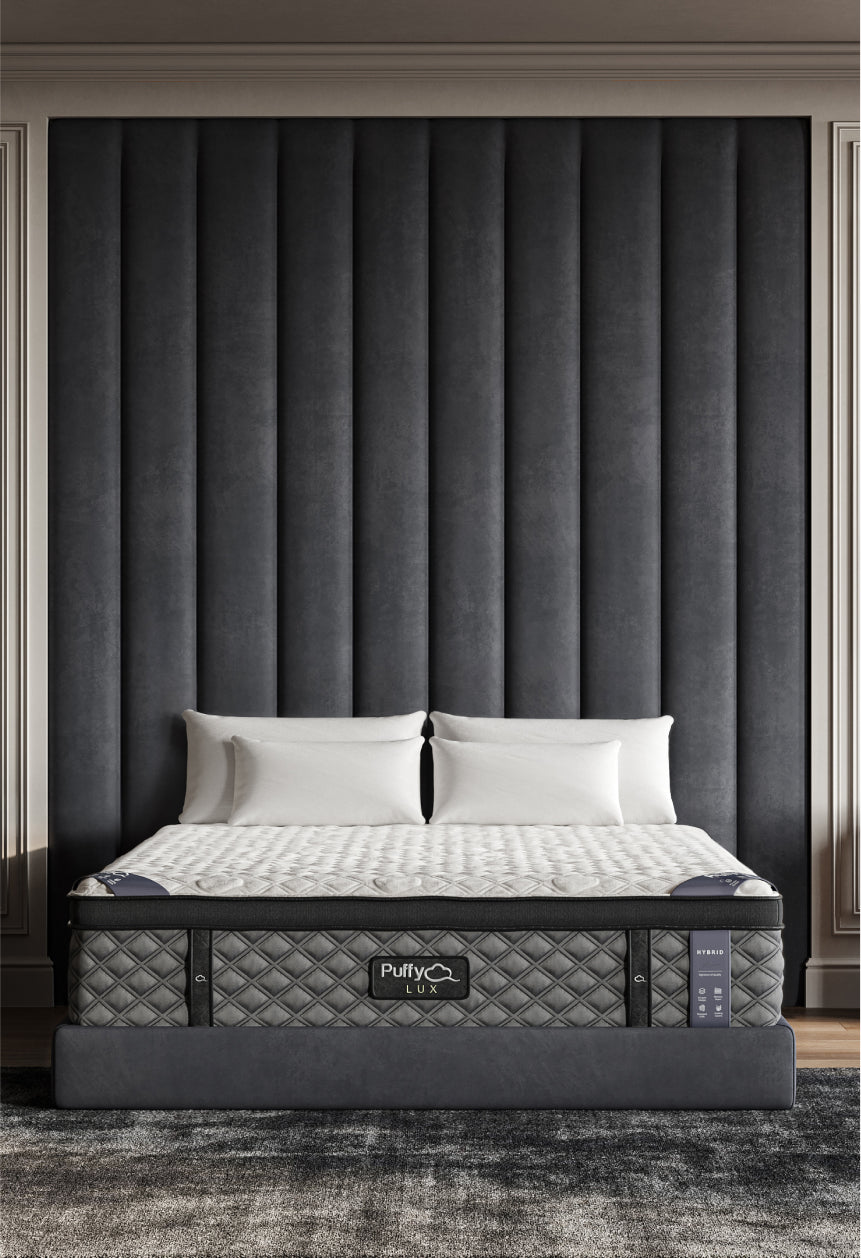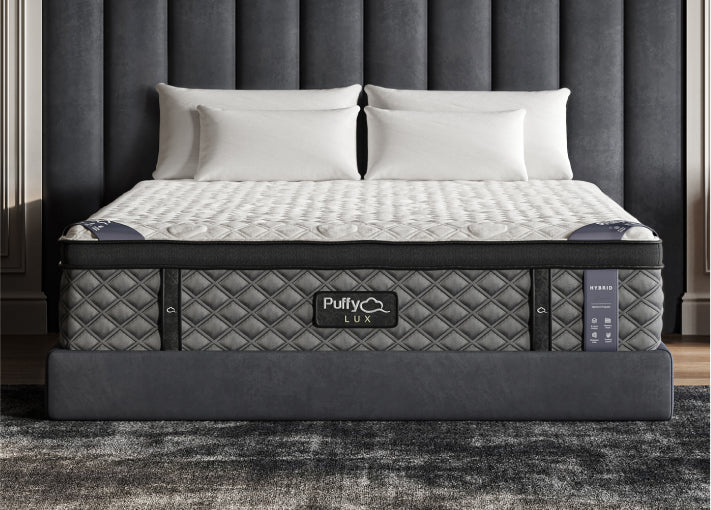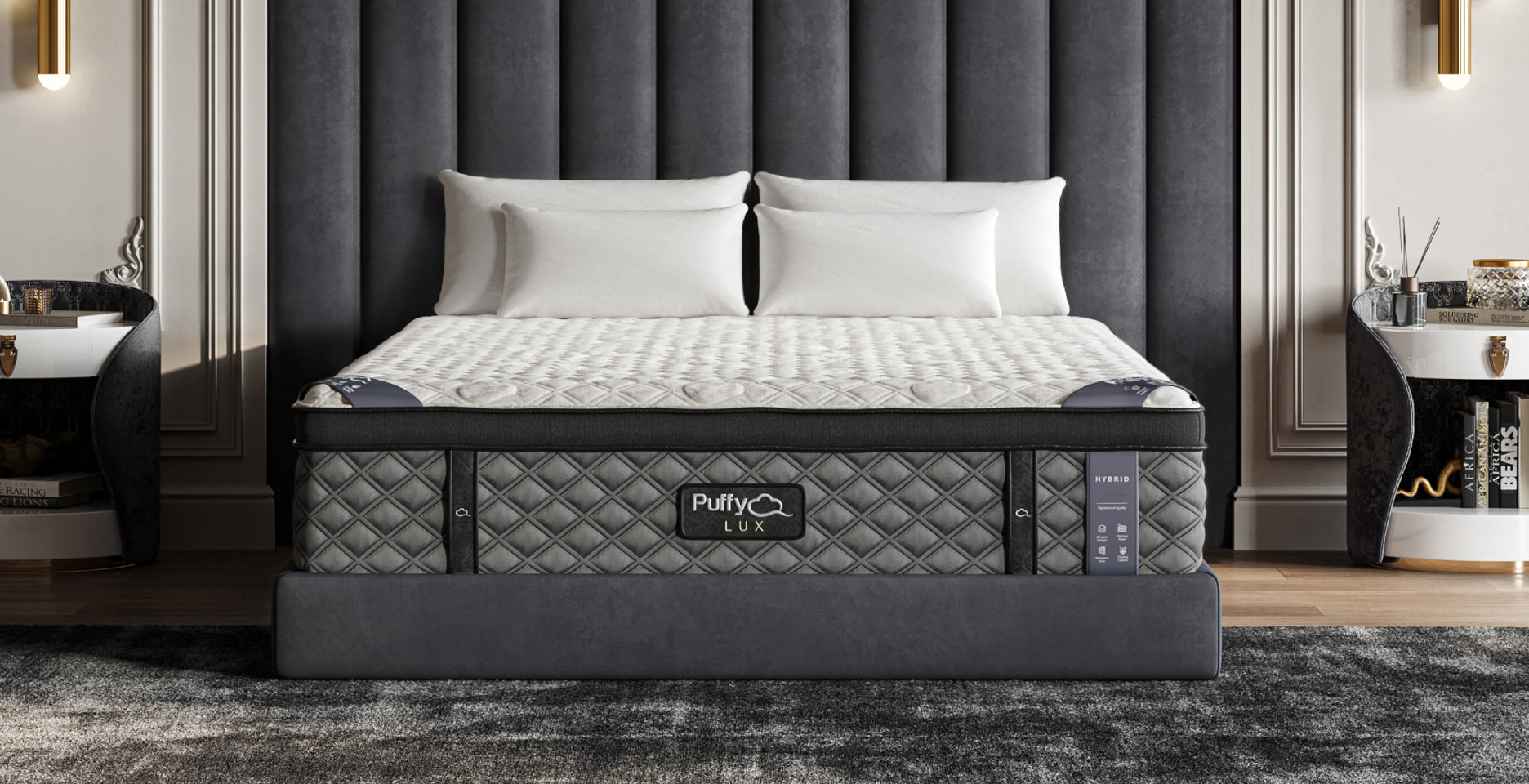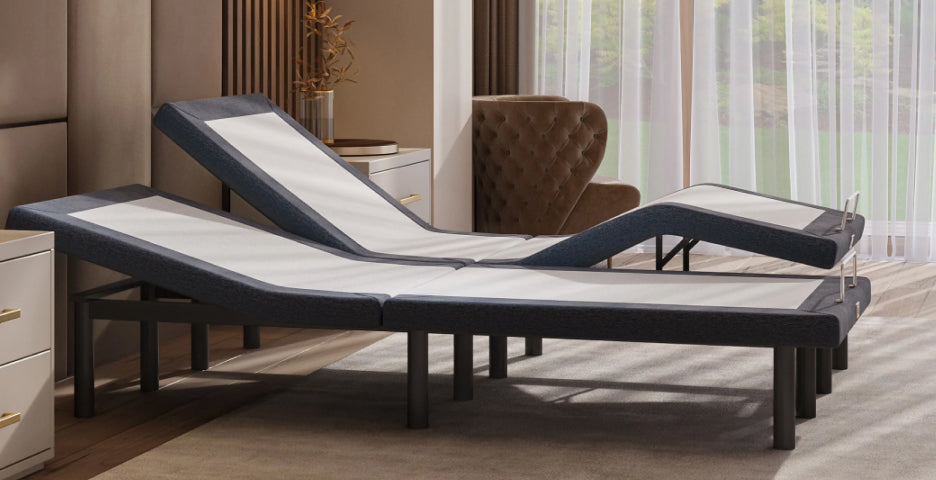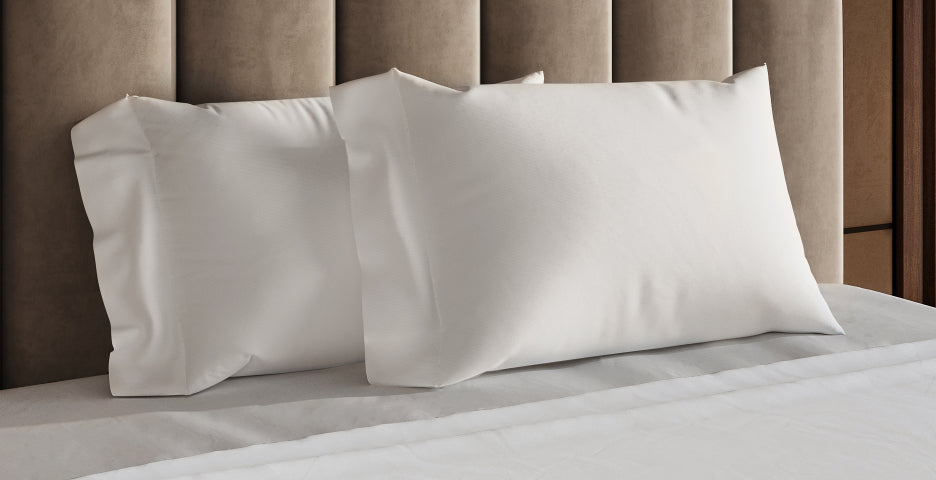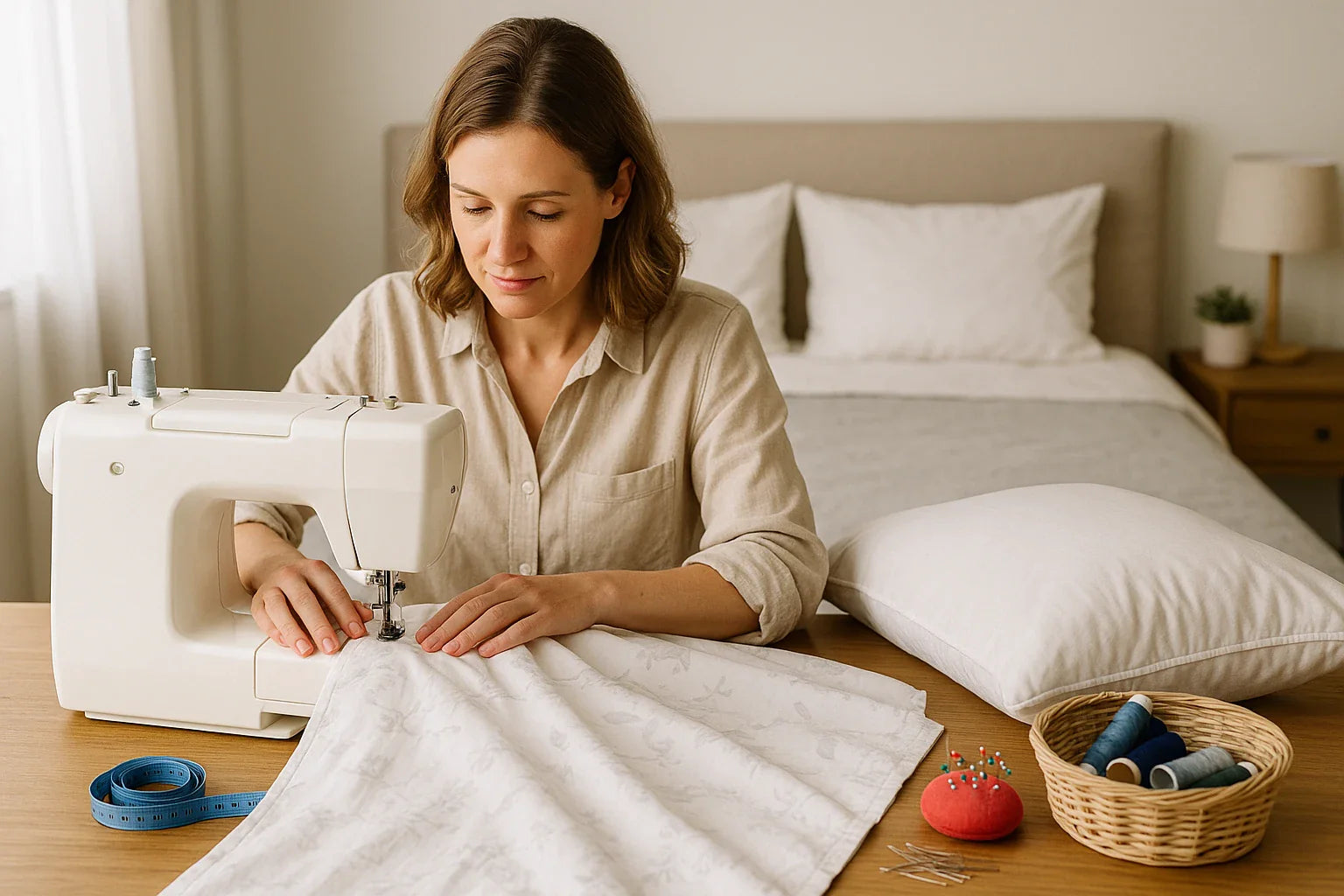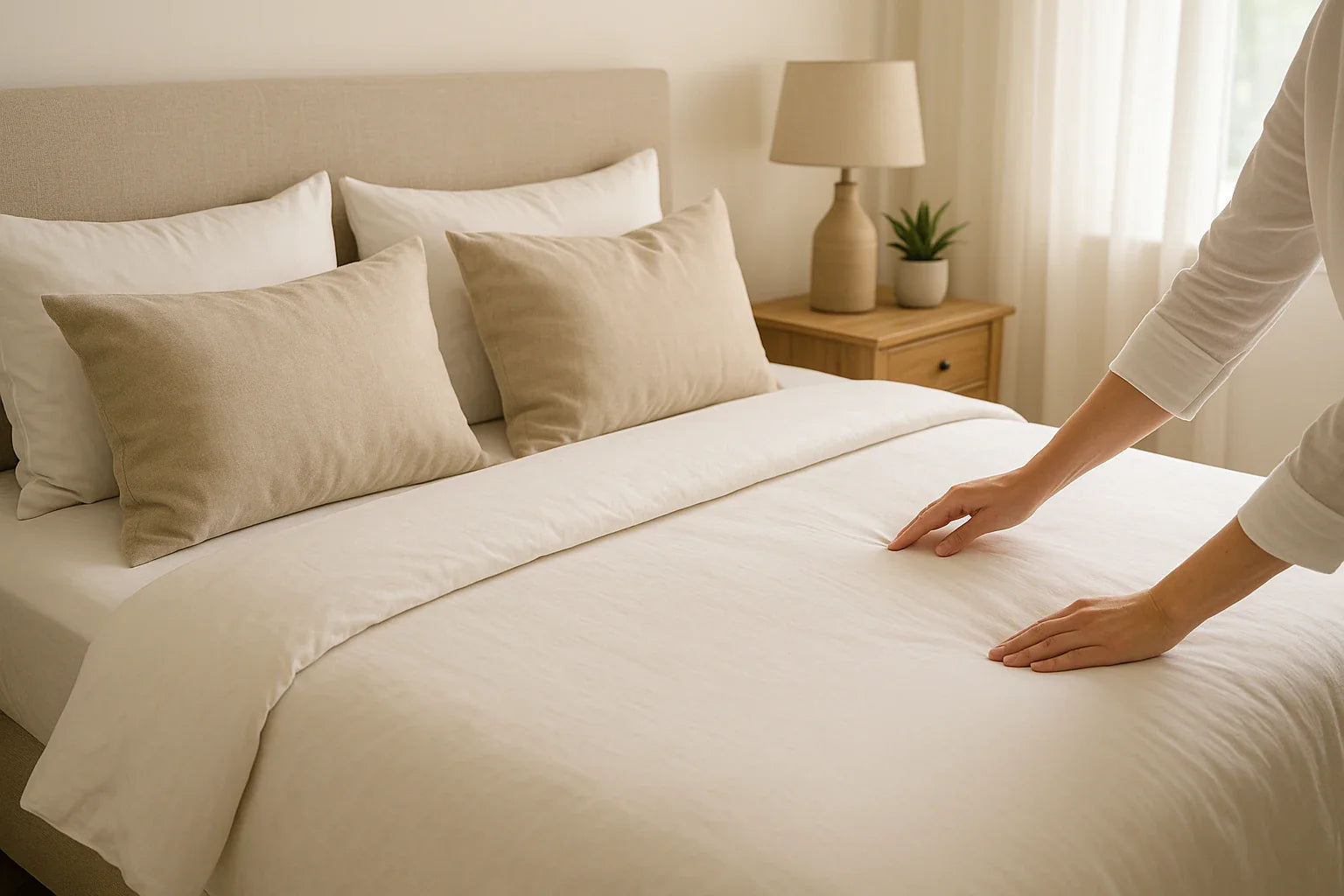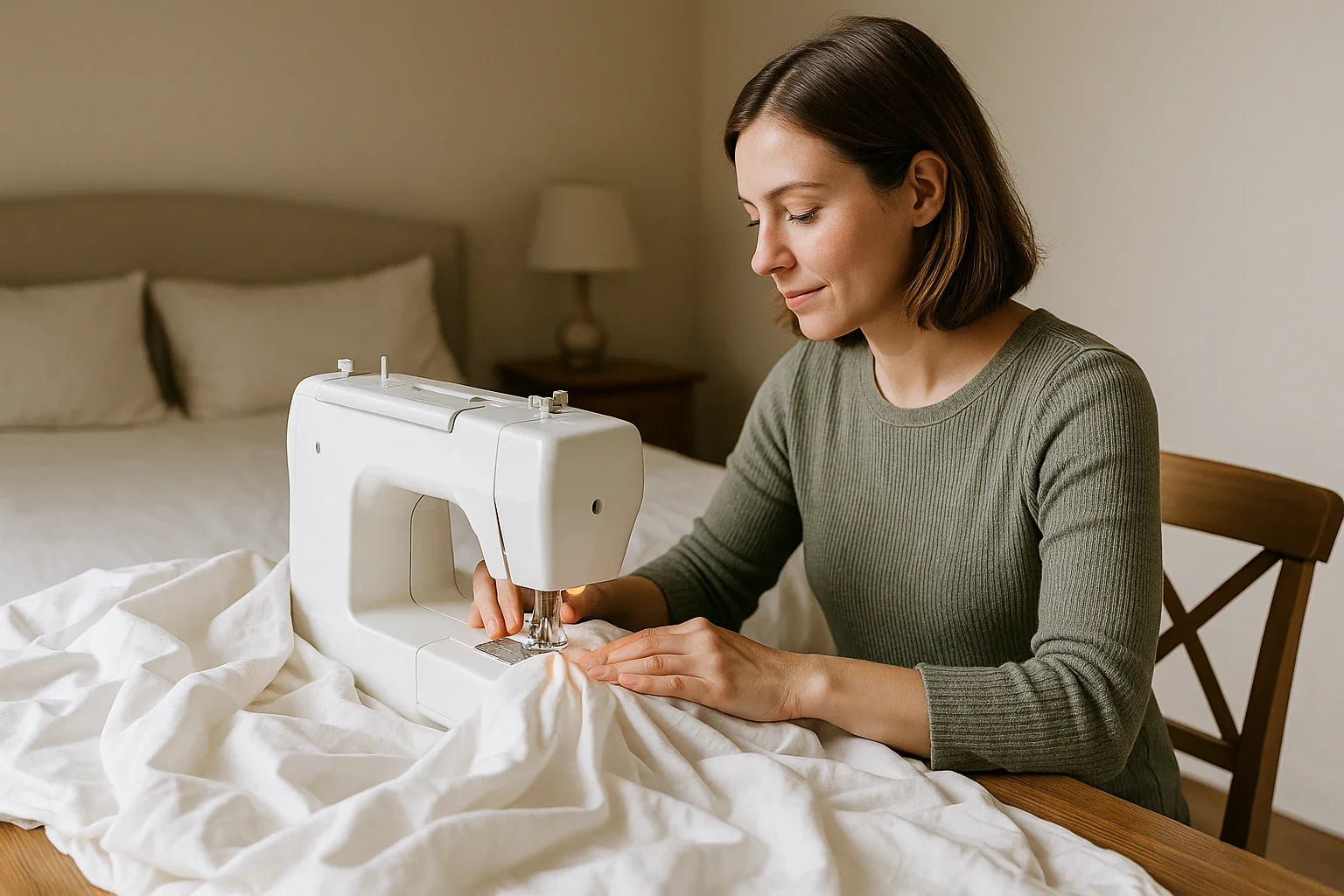Key Takeaways
- Material Differences: Microfiber is synthetic and hypoallergenic, while cotton is natural and breathable.
- Temperature Regulation: Cotton excels in breathability and moisture-wicking, while microfiber provides better insulation.
- Maintenance Requirements: Microfiber comforters are generally easier to clean and dry quickly, whereas cotton requires more careful maintenance.
- Durability Factor: Cotton comforters typically last longer with proper care, while microfiber offers excellent short-term value.
- Cost Considerations: Microfiber comforters are usually more budget-friendly compared to their cotton counterparts.
Choosing between microfiber and cotton comforters can significantly impact your sleep quality and comfort. Both materials offer unique benefits that cater to different sleeping preferences and needs.
Understanding these differences will help you make an informed decision that aligns with your comfort requirements and lifestyle.
Microfiber Comforter vs Cotton: Understanding Core Differences
When comparing these popular bedding materials, several key factors come into play. Each material brings distinct characteristics that affect comfort, maintenance, and longevity.
- Material Composition: Cotton comforters feature natural fibers that allow excellent airflow and moisture absorption, making them ideal for various climates. On the other hand, microfiber comforters consist of finely woven synthetic fibers that create a soft, lightweight feel.
- Durability Aspects: Cotton typically maintains its quality for 5-7 years with proper care, while microfiber may show wear after 2-3 years of regular use but excels in color retention and shape maintenance.
- Allergen Resistance: Microfiber’s tight weave naturally repels dust mites and other allergens, while cotton may require additional treatment for similar protection.
Microfiber or Cotton Comforter: Making the Right Choice
Several factors should influence your decision when selecting between these materials:
- Sleep Temperature Preference: Consider whether you tend to sleep hot or cold. Cotton’s natural breathability makes it excellent for hot sleepers, while microfiber’s insulating properties benefit those who feel chilly at night.
- Maintenance Schedule: Your willingness to maintain your bedding plays a crucial role. Microfiber requires less intensive care and dries quickly, while cotton needs more attention to maintain its quality.
- Budget Constraints: Factor in both initial costs and long-term value. While microfiber offers lower upfront costs, cotton’s durability might provide better value over time.
- Environmental Impact: Cotton is biodegradable and environmentally friendly, whereas microfiber, being synthetic, has a larger environmental footprint.
Just as the Puffy Cloud Mattress provides superior allergen resistance with its specialized cover, choosing the right comforter material can significantly impact those with sensitivities.
Care and Maintenance Tips
Ensure your comforter’s longevity with these care guidelines:
- Washing and Drying Protocol: Cotton comforters need washing every 2-3 months using gentle detergent with longer drying times, while microfiber can handle monthly washing with standard detergent and quick drying cycles. Both benefit from proper machine settings and appropriate detergent choices.
- Storage and Protection: Both materials should be stored in breathable bags and protected from moisture, direct sunlight, and extreme temperatures. Avoid plastic containers that can trap moisture and promote mildew growth.
Seasonal Considerations
Optimize your comfort across seasons with these insights:
- Warm Weather Performance: Cotton excels in hot weather due to its superior moisture-wicking properties and natural breathability, while microfiber might retain more heat during peak summer months.
- Cold Weather Adaptation: Microfiber provides excellent insulation for cold nights without requiring additional layers, while cotton may need supplementary bedding during extreme cold conditions.
Making Your Final Decision
Consider these key aspects before purchase:
- Financial Planning: Consider both your immediate budget constraints and long-term investment potential, including initial costs, maintenance expenses, and potential replacement timeline.
- Personal Requirements: Factor in your cleaning routine, maintenance capabilities, household allergies, and specific comfort preferences when making your final choice.
- Environmental Conditions: Your local climate, home heating/cooling systems, and seasonal temperature variations should influence your material selection.
Similar to how the Puffy Lux Mattress maintains its comfort through various seasons, proper care of your comforter ensures consistent comfort throughout its lifecycle.
Conclusion
Choosing between microfiber and cotton comforters ultimately depends on your personal preferences, lifestyle, and practical needs. While microfiber offers easy maintenance and affordability, cotton provides superior breathability and longevity.
Consider your priorities in terms of comfort, maintenance, and durability to make the best choice for your sleep environment.
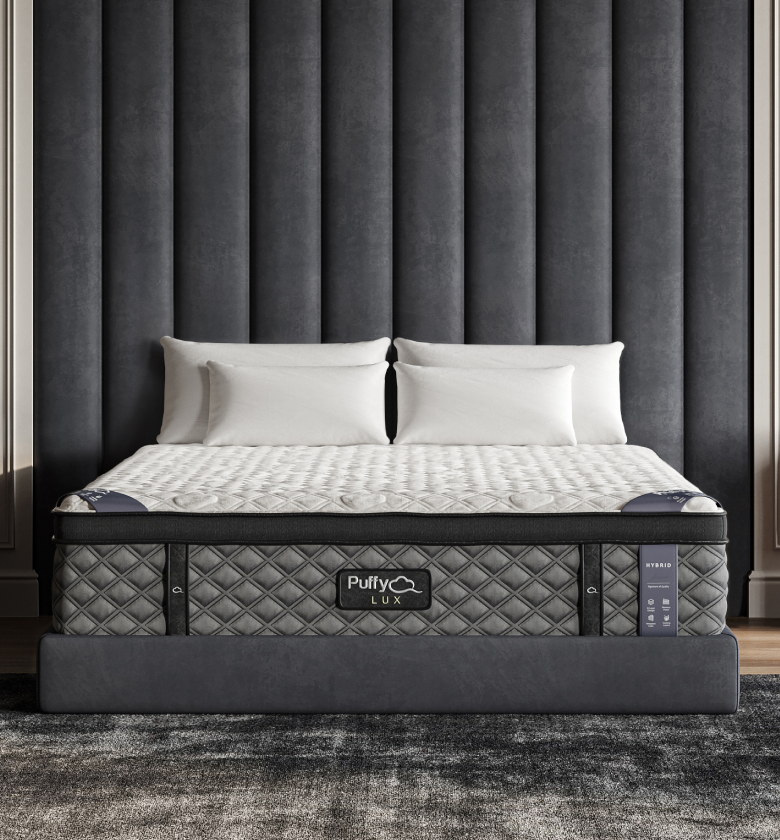
$1,350 in savings
Transform your comfort with the Puffy Lux.
Relax into award-winning comfort with this hybrid mattress:
- 8 layers of cloudlike luxury.
- Medium-plush feel.
- Gel-infused cooling.
- 101-night sleep trial.
